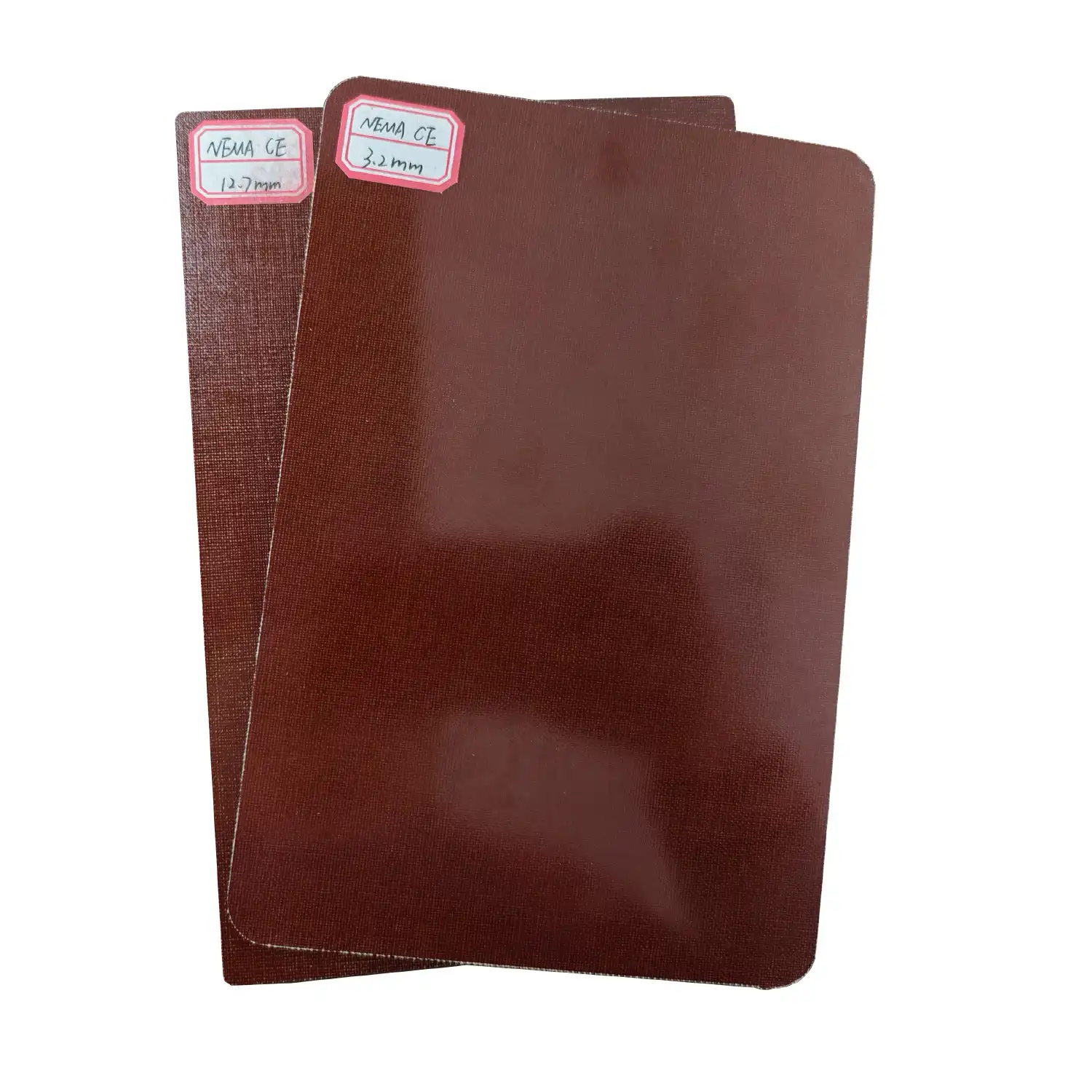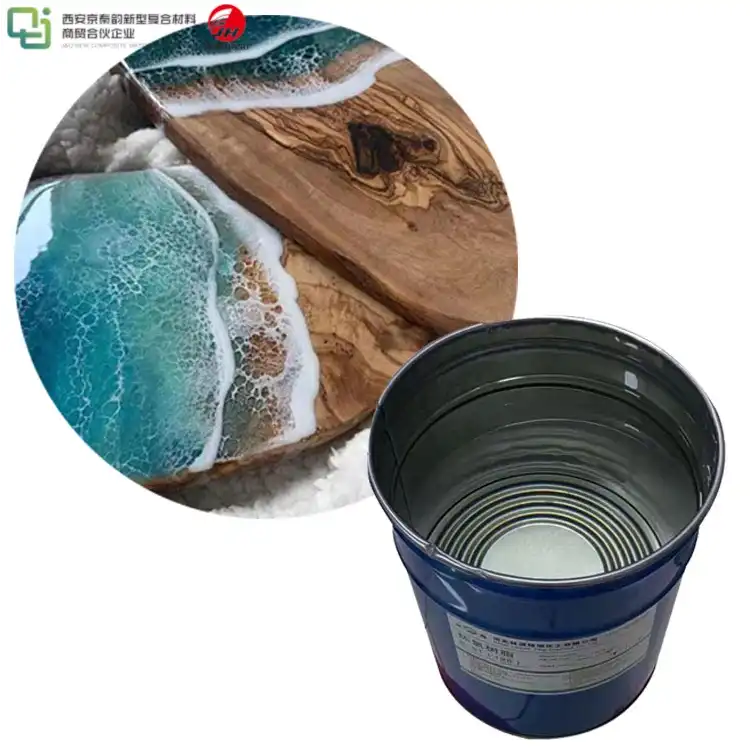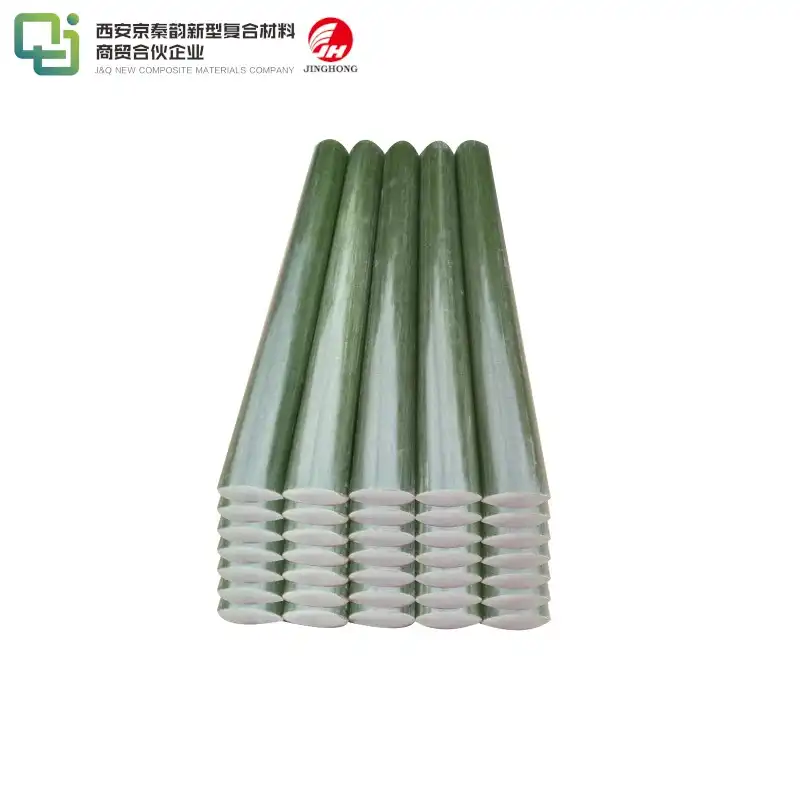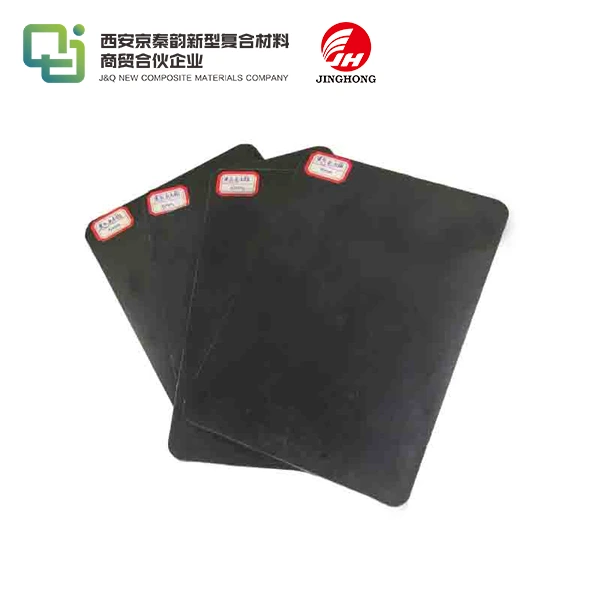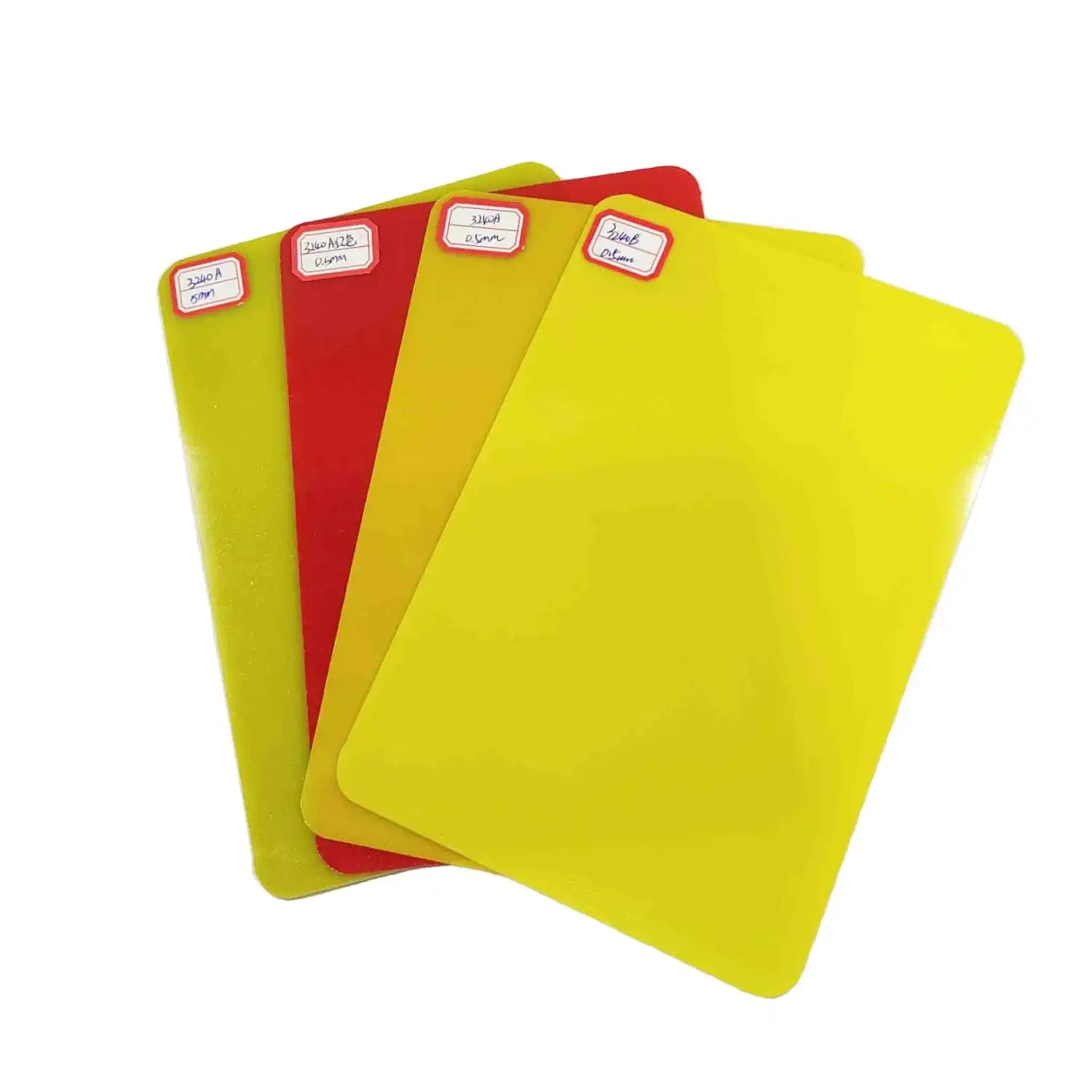3240 Laminate Sheets: A Comprehensive Guide
2024-10-18 15:56:09
In the world of electrical insulation and industrial applications, 3240 laminate sheets have become a cornerstone material. These versatile sheets, particularly the glass yellow 3240 laminate sheet variant, offer a unique combination of properties that make them indispensable in various industries. This comprehensive guide will delve into the intricacies of 3240 laminate sheets, exploring their composition, applications, and benefits.
What are 3240 Laminate Sheets?
Composition and Manufacturing Process
3240 laminate sheets are composed of a carefully engineered blend of materials. The primary components include epoxy resin and woven glass fabric, which are layered and bonded under high pressure and temperature. This process, known as lamination, results in a robust and durable material with exceptional electrical and mechanical properties.
The glass yellow 3240 laminate sheet, a popular variant, incorporates a distinctive yellow hue. This coloration is not merely aesthetic but serves functional purposes in certain applications, such as improved visibility and identification in complex assemblies.
Physical Properties
3240 laminate sheets boast an impressive array of physical properties that contribute to their widespread use. These sheets exhibit high tensile strength, excellent dimensional stability, and remarkable resistance to heat and chemicals. The glass yellow 3240 laminate sheet variant maintains these properties while offering additional visual benefits.
One of the most notable characteristics of 3240 laminate sheets is their superior electrical insulation capabilities. They possess high dielectric strength and low dielectric loss, making them ideal for applications where electrical isolation is crucial.
Grades and Variations
3240 laminate sheets are available in various grades and thicknesses to suit different application requirements. The glass yellow 3240 laminate sheet is one such variation, but manufacturers also produce these sheets in other colors and finishes. Some grades are optimized for high-temperature resistance, while others may prioritize mechanical strength or chemical resistance.
Applications of 3240 Laminate Sheets
Electrical and Electronics Industry
The electrical and electronics industry is one of the primary consumers of 3240 laminate sheets. These materials find extensive use in the manufacture of printed circuit boards (PCBs), where their excellent insulating properties and dimensional stability are crucial. The glass yellow 3240 laminate sheet is particularly popular in this sector due to its easy identification and aesthetic appeal in finished products.
Beyond PCBs, 3240 laminate sheets are utilized in the production of various electrical components, including transformers, switchgear, and motor insulation. Their ability to withstand high voltages and maintain their properties under diverse environmental conditions makes them invaluable in these applications.
Aerospace and Defense
The aerospace and defense industries rely heavily on high-performance materials, and 3240 laminate sheets meet their stringent requirements. These sheets are used in the construction of aircraft interiors, radar components, and missile guidance systems. The glass yellow 3240 laminate sheet variant is often preferred in these applications for its visibility and traceability.
The lightweight nature of 3240 laminate sheets, combined with their strength and insulating properties, makes them ideal for use in satellite components and space exploration equipment. Their resistance to extreme temperatures and radiation further enhances their suitability for aerospace applications.
Industrial Machinery
In the realm of industrial machinery, 3240 laminate sheets play a crucial role in ensuring safety and efficiency. They are commonly used as insulating barriers in high-voltage equipment, such as industrial motors and generators. The glass yellow 3240 laminate sheet is particularly useful in these settings, as it allows for quick visual inspection and identification of insulation components.
3240 laminate sheets are also employed in the manufacture of industrial tooling and fixtures. Their dimensional stability and resistance to wear make them suitable for creating durable templates, jigs, and other production aids.
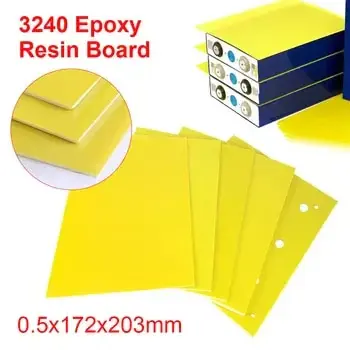
Benefits and Advantages of 3240 Laminate Sheets
Electrical Insulation Excellence
The primary advantage of 3240 laminate sheets lies in their superior electrical insulation properties. These materials exhibit high dielectric strength, low dielectric loss, and excellent arc resistance. Such characteristics make them ideal for applications where reliable electrical isolation is paramount.
The glass yellow 3240 laminate sheet variant maintains these electrical properties while offering enhanced visibility. This can be particularly beneficial in complex electrical assemblies where quick identification of insulation components is necessary.
Mechanical Strength and Durability
3240 laminate sheets boast impressive mechanical properties that contribute to their longevity and reliability. They exhibit high tensile and flexural strength, enabling them to withstand significant mechanical stresses without deformation or failure. This durability translates to longer service life and reduced maintenance requirements in various applications.
The dimensional stability of 3240 laminate sheets is another key advantage. These materials maintain their shape and size even under fluctuating temperature and humidity conditions, ensuring consistent performance in diverse environments.
Versatility and Customization
The versatility of 3240 laminate sheets is evident in their wide range of applications across different industries. Manufacturers can tailor these materials to meet specific requirements by adjusting their composition, thickness, and finish. The glass yellow 3240 laminate sheet is just one example of how these materials can be customized to serve particular needs.
3240 laminate sheets are also amenable to various fabrication processes, including cutting, drilling, and machining. This flexibility allows for the creation of complex shapes and components, further expanding their utility in diverse applications.
Conclusion
In conclusion, 3240 laminate sheets, including the glass yellow 3240 laminate sheet variant, represent a pinnacle of engineering in the field of electrical insulation and industrial materials. Their unique combination of electrical, mechanical, and physical properties makes them indispensable in a wide array of applications. As technology continues to advance, these versatile materials are likely to find even more innovative uses across various industries.
Contact Us
If you're interested in learning more about 3240 laminate sheets or exploring how they can benefit your specific application, we invite you to reach out to our team of experts. With over 20 years of experience in producing and selling insulating sheets, and more than a decade of expertise in foreign trading, we're well-equipped to provide comprehensive solutions tailored to your needs. Contact us today at info@jhd-material.com to discover how our 3240 laminate sheets can elevate your projects to new heights of performance and reliability.
References
1. Johnson, A. (2022). Advanced Materials in Electrical Engineering: A Comprehensive Review. Journal of Electrical Insulation, 45(3), 178-195.
2. Smith, B., & Lee, C. (2021). Laminate Sheets in Aerospace Applications: Current Trends and Future Prospects. Aerospace Materials and Technology, 33(2), 412-428.
3. Zhang, Y., et al. (2023). Comparative Analysis of Electrical Insulation Materials for High-Voltage Applications. IEEE Transactions on Dielectrics and Electrical Insulation, 30(1), 89-102.
4. Brown, R. (2020). Industrial Applications of Epoxy-Glass Laminates: A Case Study Approach. Journal of Industrial Materials, 28(4), 567-582.
5. Taylor, M., & Garcia, L. (2022). The Role of Color-Coded Insulation Materials in Electrical Safety Protocols. Safety Science, 150, 105689.
6. Wilson, K. (2021). Advancements in Manufacturing Processes for High-Performance Laminate Sheets. Journal of Materials Processing Technology, 298, 117316.

